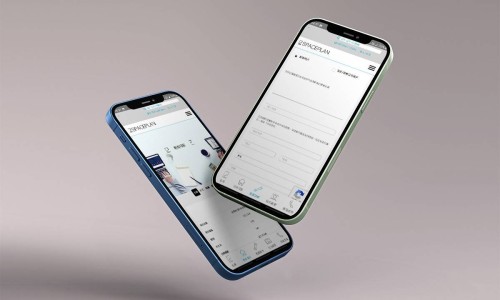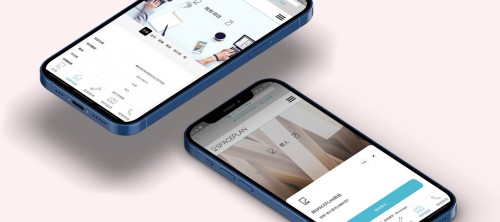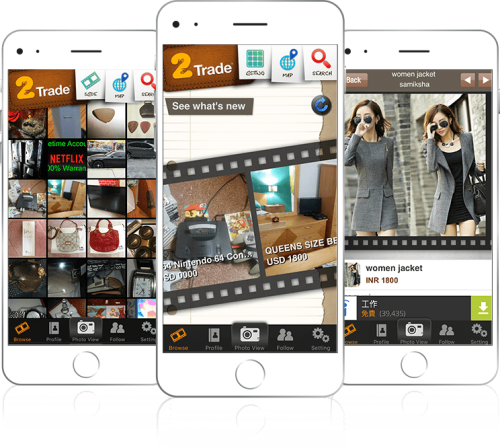Inventory management apps are software tools designed to help businesses track, manage, and control their inventory levels. They provide a centralized system for monitoring stock levels, automating inventory processes, and optimizing inventory control to minimize costs and prevent stockouts or overstocking. These apps are crucial for businesses that deal with physical goods, from small retailers to large manufacturers and distributors.
Here's a breakdown of what inventory management apps typically offer:
Core Functionalities:
- Real-time Inventory Tracking: Provides up-to-the-minute visibility of stock levels across multiple locations (warehouses, stores, etc.). This often involves barcode scanning or RFID integration for accurate and efficient tracking.
- Stock Control: Helps set optimal stock levels for each item, taking into account factors like demand, lead times, and storage costs. This often includes features like automated reordering points and alerts for low stock.
- Order Management: Streamlines the process of creating and fulfilling purchase orders, tracking shipments, and receiving inventory.
- Warehouse Management: Helps organize inventory within warehouses, optimize storage space, and manage picking and packing processes.
- Reporting and Analytics: Generates reports on inventory levels, stock turnover, sales trends, and other key metrics to provide insights into inventory performance.
Additional Features:
- Barcode/RFID Integration: Allows for efficient and accurate tracking of inventory using barcode scanners or RFID tags.
- Supplier Management: Manages information about suppliers, tracks purchase orders, and automates communication with vendors.
- Sales Order Management: Integrates with sales systems to track sales orders and automatically update inventory levels.
- Manufacturing Integration: For manufacturing businesses, these apps can integrate with production planning systems to manage raw materials and finished goods inventory.
- E-commerce Integration: Connects with e-commerce platforms to automatically update inventory levels based on online sales.
Benefits of using Inventory Management Apps:
- Reduced Inventory Costs: By optimizing stock levels and minimizing waste, these apps help businesses reduce inventory holding costs.
- Improved Order Fulfillment: Real-time inventory tracking and automated order processes help ensure timely order fulfillment and improve customer satisfaction.
- Prevented Stockouts: Automated reordering and low stock alerts help prevent stockouts and avoid lost sales opportunities.
- Minimized Overstocking: Optimized stock levels help prevent overstocking and reduce the risk of obsolete inventory.
- Increased Efficiency: Automated inventory processes and real-time tracking save time and improve overall efficiency.
Inventory management apps are essential tools for businesses of all sizes that handle physical goods. They help improve inventory control, reduce costs, and enhance overall operational efficiency.



























